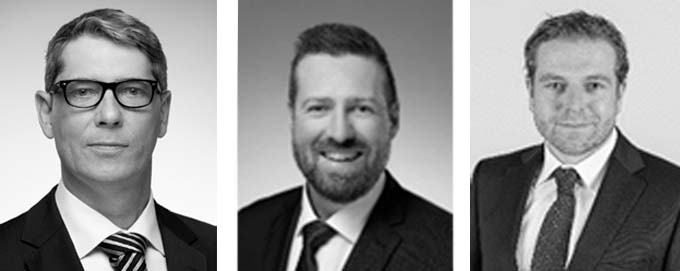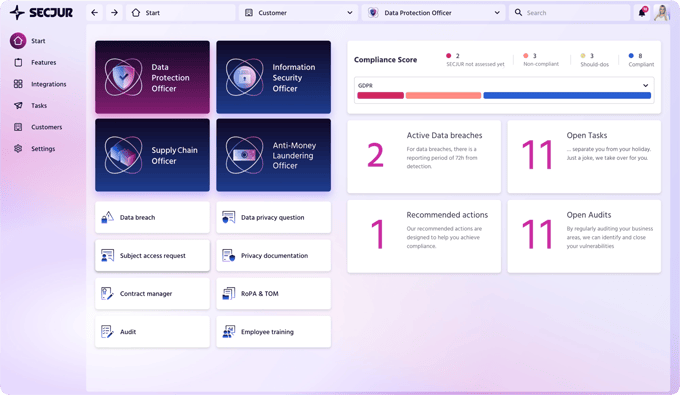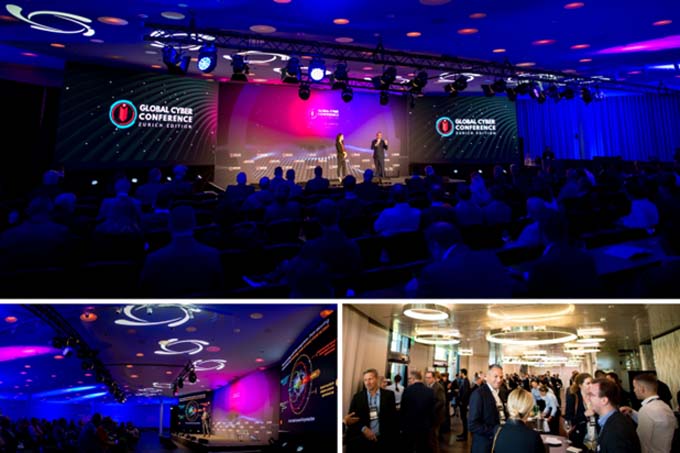Sustainability tools should generate complete reports
According to a study on sustainability and IT, three out of four companies expect a sustainability tool to handle the entire reporting process. Increasing regulatory pressure - such as the obligation to report on sustainability - calls for more automation.

Sustainability reporting will become mandatory in more and more countries in the future, especially for large companies. This increases the pressure to act for many companies. This is because heterogeneous data sources, poor data quality and complex regulatory requirements represent a major challenge that can only be met with the appropriate tools and a high degree of automation. So far, many companies still rely on the on-board tools of large software and cloud providers and thus leave a lot of optimization potential unused, as the current "IT & Sustainability - Maturity Index 2023" shows. For the study, the market research company PAC surveyed 150 IT and business decision-makers from the automotive industry, the manufacturing sector and the logistics sector on behalf of Lufthansa Industry Solutions.
Sustainability tools on the wish list of many companies
"To meet the regulatory requirements of sustainability reporting, companies have to collect, analyze and prepare a lot of data. Managing these tasks manually is not only too time-consuming and personnel-intensive, but also very error-prone," says Moritz Röder, Associate Director Supply Chain Management & Sustainability at Lufthansa Industry Solutions (LHIND). For the "IT & Sustainability - Maturity Index 2023" LHIND has therefore determined a sub-index for the "Tooling" area. The sub-index takes into account whether companies prepare their sustainability report with the help of tools and in an automated manner, whether they carry out a risk assessment of their suppliers and which tools they use for this purpose. On a scale of "0" (immature) to "10" (mature), the sub-index achieved a value of 6.4. "The index shows that companies are already intensively addressing the issue of sustainability and the tools required for this," says sustainability expert Röder.
And what must such a tool do from the companies' point of view? In addition to calculating the carbon footprint (93 percent), 82 percent of respondents want support in making sustainable purchasing decisions and 78 percent want complete sustainability reporting. For 70 percent, recording the status quo is important in order to be able to improve sustainability, and 61 percent expect a holistic view of financial and sustainability KPIs.
Only 15 percent of companies have automated their sustainability reporting
To date, every second company surveyed for the study has already produced a sustainability report, either voluntarily or as required by law. Four out of ten of these companies still do this manually and are supported to varying degrees by a reporting tool. 44 percent of the companies already produce their report at least partially automatically. Often, sustainability monitoring tools are used that are already established in the company as part of the software portfolio of large software or cloud providers. But only in 15 percent of the companies is the report generation already largely automated. Moritz Röder: "Contrary to what the sub-index might suggest at first glance, there is still considerable potential for optimization here."
The same applies to supplier risk assessment. Two-thirds (67 percent) of the companies already carry out a risk assessment on the sustainability of their suppliers today, and a further 26 percent have this in planning. Less than a third of these companies have largely automated this process to date. In contrast to sustainability monitoring, specialized tools are generally used for supply chain assessment. LHIND consultant Röder: "To improve their own maturity level and drive automation, companies do not need a bouquet of different tools, but a single source of data truth. A tool that guides them step-by-step through reporting while providing supply chain visibility."
Cloud-based solution on the market
To avoid unpleasant surprises when implementing the tool, companies should also make sure that it is in line with process governance and reporting guidelines and that it can be adapted both to the requirements of the finance department and to future organizational structures. "If these requirements are met, such a tool ultimately enables the data-based sustainability management that companies need to achieve their climate targets," says Moritz Röder.
LHIND has therefore developed the cloud-based solution EPACTO (ESG Performance Accounting Tool) as the digital centerpiece for sustainability management. EPACTO brings together all relevant data, uses it to calculate the company's current sustainability performance, and shows a development path towards planetary impact limits.





















